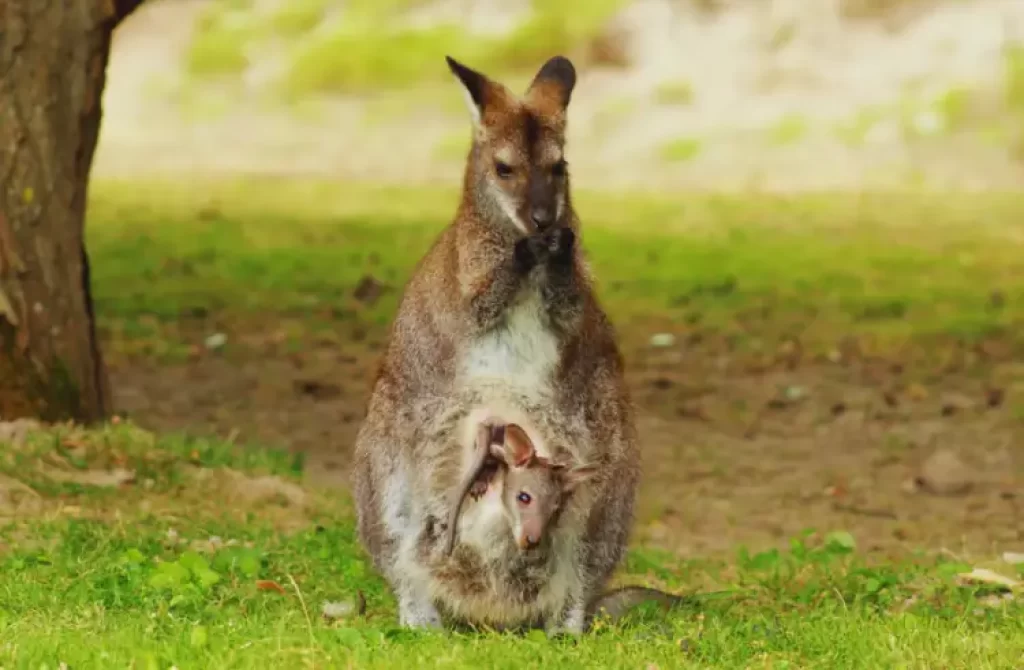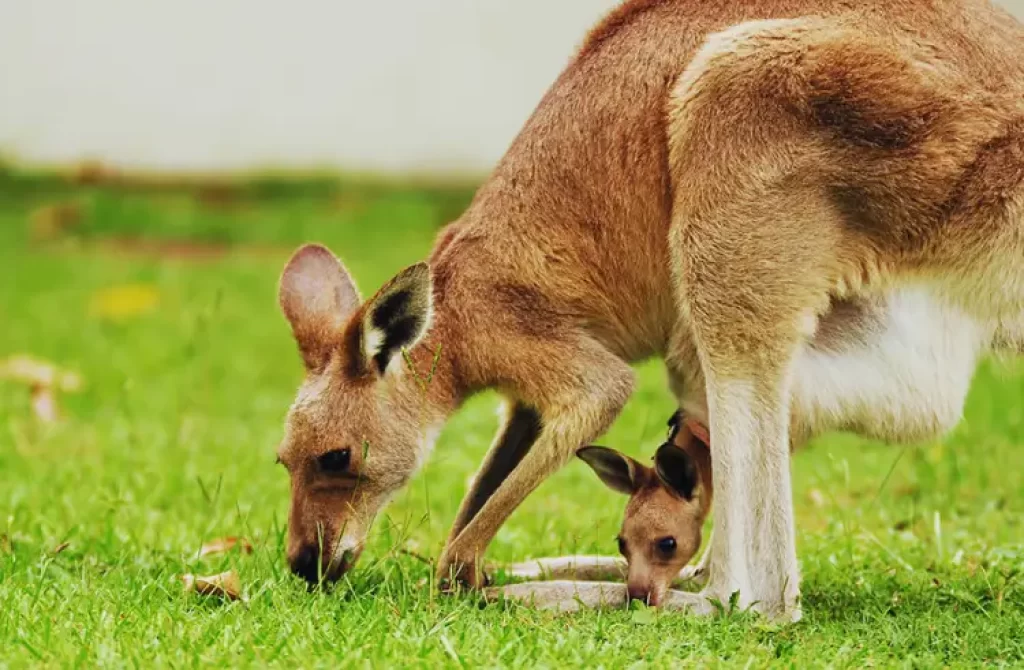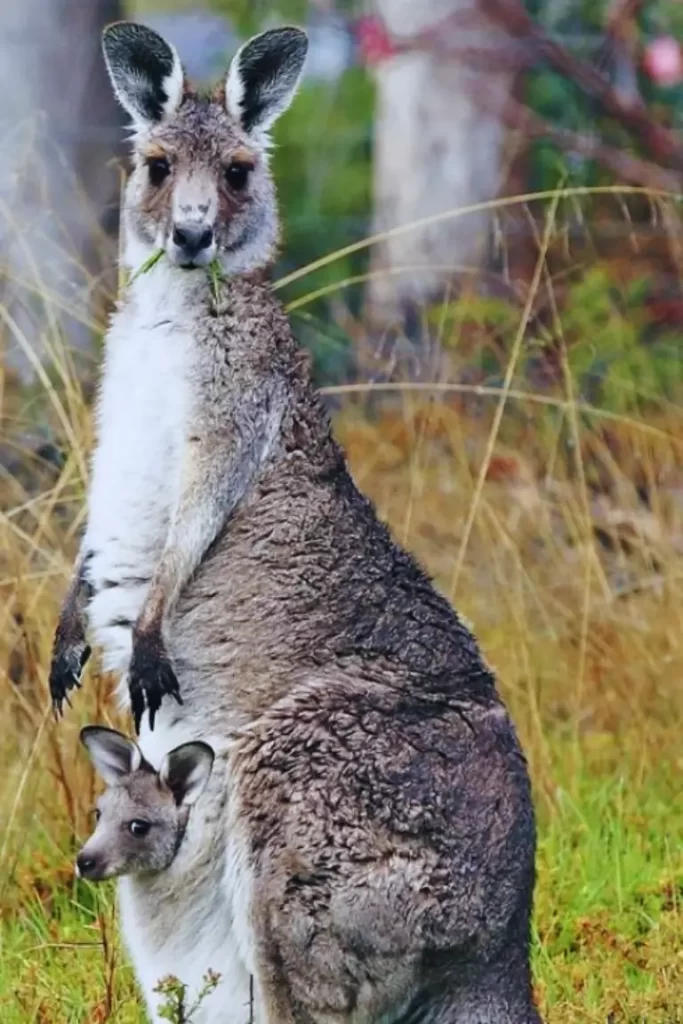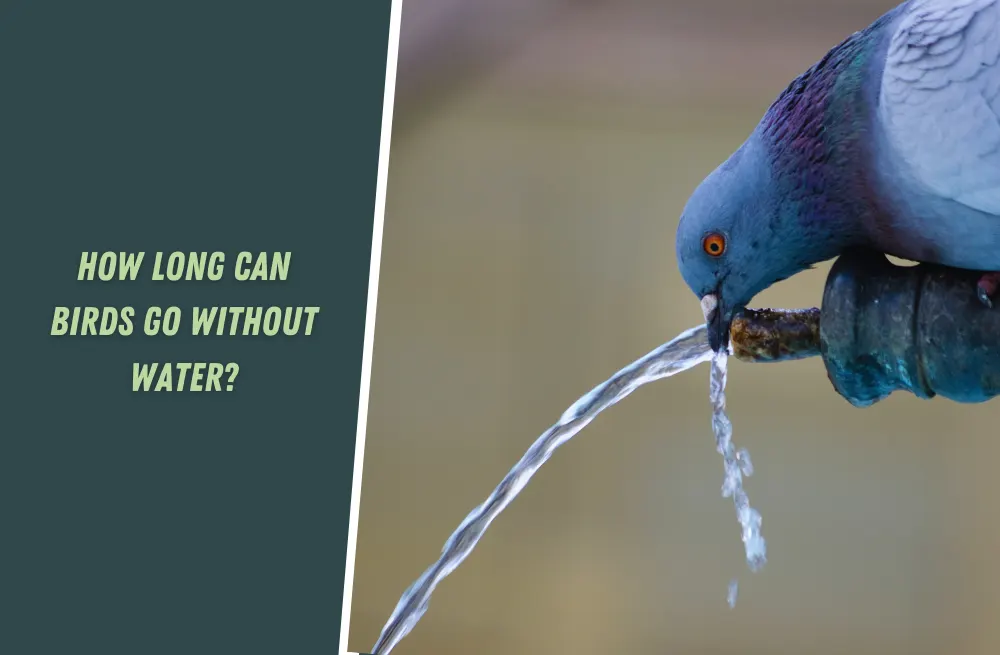Get ready to dive into the enchanting world of kangaroo joeys! These adorable and iconic marsupials from Australia have some intriguing feeding habits that are absolutely fascinating.
As these little joeys grow and mature, their dietary requirements go through exciting transformations. This leaves us wondering: just how much do they eat during a typical feeding session?
Let’s uncover the secrets behind their feeding routines! Let’s goooooo, Kangaroo lovers!
Understanding the Feeding Process of Kangaroo joeys:

Feeding kangaroo joeys is an essential aspect of their development. Initially, joeys rely solely on their mother’s milk, which provides them with all the necessary nutrients for their growth.
As they get older and start exploring the world outside the pouch, their diet gradually transitions to include solid foods.
Let’s explore some common questions related to the feeding habits of kangaroo joeys.
What is the primary source of nutrition for kangaroo joeys?
When it comes to the diet of kangaroo joeys, there’s one primary source of nutrition that reigns supreme: their mother’s milk. It serves as a complete and nourishing meal for these adorable marsupials.
Packed with proteins, fats, carbohydrates, vitamins, minerals, and a wide array of essential nutrients, the milk provides everything a growing joey needs to thrive and reach its full potential. It’s truly nature’s perfect recipe for their growth and development.
The composition of kangaroo milk is specially tailored to meet the unique needs of joeys. It is higher in protein compared to the milk of other mammals, which supports their rapid growth and muscle development.
The high-fat content provides a concentrated source of energy, vital for their active lifestyle. Additionally, the milk is rich in carbohydrates to fuel their metabolism and promote healthy brain function.
The mother kangaroo’s milk production is also really impressive. It adjusts according to the joey’s needs, ensuring they receive the right amount of milk at each feeding.
As the joey grows, the milk becomes thicker and more nutrient-dense, accommodating their changing nutritional requirements.
How often do kangaroo joeys nurse?
Kangaroo joeys have quite an appetite when it comes to nursing! During their early stages of development, they typically nurse every few hours. These little ones rely on frequent and regular feeding to ensure they receive the necessary nutrients for their growth and well-being.
Their mothers play a vital role in providing them with the nourishment they need, making sure they stay healthy and strong.
How much milk do kangaroo joeys consume in a feeding?
When it comes to milk consumption, kangaroo joeys have their own unique appetites. The amount of milk they consume during a feeding can vary based on their age and size. In the early stages, when they are tiny and delicate, they take in smaller quantities of milk.
However, as they grow and develop, their appetite increases accordingly. On average, a joey may consume around 10% to 15% of its body weight in milk per feeding. It’s fascinating to see how their dietary needs evolve as they progress through different stages of their early life.
When do kangaroo joeys start eating solid foods?
As kangaroo joeys grow and develop, they eventually reach a stage where they start exploring the world of solid foods. This exciting milestone typically occurs when they are around three to four months old.
At this point, the joeys begin to nibble on solid foods, although they still continue to nurse for their primary source of nutrition. It’s an important transitional period as they gradually introduce themselves to a wider range of plant materials, testing out various textures and flavors.
This gradual approach allows their digestive system to adapt and transition smoothly from a milk-based diet to a more diverse and balanced diet as they continue to grow.
What are the solid foods included in a kangaroo joey’s diet?
Kangaroo joeys start by consuming tender grass shoots and leaves. As they grow older, they expand their diet to include a variety of vegetation, such as herbs, shrubs, and even fruits.
Do kangaroo joeys still nurse after starting solid food consumption?
Yes, even after starting to eat solid foods, kangaroo joeys continue to nurse from their mother. This combination of milk and solid food provides a well-rounded diet that meets their nutritional needs.
How can you tell how old a kangaroo Joey is?

Determining the age of a kangaroo joey can be quite tricky, but there are some signs that can give us a general idea. Here are a few ways in which experts estimate the age of kangaroo joeys:
- Size and weight: Joeys are born tiny and underdeveloped, so their size and weight can give us a rough estimate of their age. As they grow, they gradually increase in size and weight, and comparing them to known standards for their species can help determine their age range.
- Fur development: When joeys are born, they have little to no fur. As they age, their fur starts to grow, and its color and texture can change. By observing the stage of fur development, we can get an idea of how old the joey might be.
- Mobility and posture: As joeys mature, they become more mobile and start practicing their hopping skills. Assessing their mobility, balance, and coordination can provide clues about their age.
- Dental milestones: Just like humans, kangaroo joeys go through different stages of dental development. Examining their teeth and noting the eruption of new teeth can help determine their approximate age.
Remember that these methods are not exact, and accurately determining the age of a joey can be challenging. Seeking advice from wildlife experts or veterinarians who specialize in kangaroos can provide more precise assessments based on their expertise and experience.
Why is a kangaroo pouch slimy?

The sliminess of a kangaroo pouch is due to the presence of an oily substance called sebum. Sebum is produced by specialized glands within the pouch, known as sebaceous glands. These glands secrete the sebum, which helps to keep the pouch moisturized and prevents it from drying out.
The slimy texture of the pouch serves several important purposes. First, it acts as a protective barrier, keeping the delicate skin of the joey inside the pouch safe from environmental factors such as dirt, moisture, and potential pathogens.
The slimy surface also helps to prevent friction and chafing as the joey moves within the pouch.
Additionally, the sliminess of the pouch aids in maintaining a clean and hygienic environment for the joey. The sebum contains antimicrobial properties, helping to inhibit the growth of bacteria and other microorganisms that could potentially cause infections.
Conclusion
Feeding kangaroo joeys is a delicate and crucial process that ensures their healthy development. From relying solely on their mother’s milk to gradually transitioning to solid foods, these joeys adapt their feeding habits to suit their changing nutritional requirements. The bond between a mother kangaroo and her joey is strengthened through these feeding interactions, providing nourishment, comfort, and essential life skills.
As we unravel the mysteries of the feeding habits of kangaroo joeys, we gain a deeper appreciation for the intricate balance of nature’s design. The journey from milk to solid foods marks an important milestone in their growth and independence, allowing them to thrive in their unique environment.
We hope this article has provided you with valuable insights into the feeding routines of kangaroo joeys. Keep exploring the diverse world of kangaroos and their fascinating behaviors, as there is always more to learn about these extraordinary creatures.







